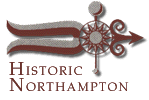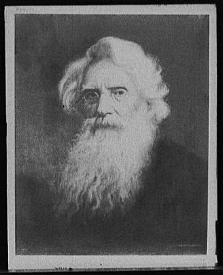

|


Samuel F.B. Morse

Samuel F. B. Morse, a well-known portrait painter (examples of his work hang in the Forbes library), turned to inventing to make his fortune. Morse had little training in electricity but realized that pulses of electrical current could convey information over wires.
Born in Charlestown, Massachusetts, the eldest child of the Reverend Jedidiah Morse and his wife, Elizabeth Ann Breese, Samuel Morse attended Phillips Academy in Andover, Massachusetts, and entered Yale College in 1805, graduating in 1810.
Morse took out three patents on pumps in 1817 with his brother, Sidney Edwards Morse. Samuel Morse's interest in telegraphy began in 1832, and the elements of a relay system were worked out late in 1835. The equipment was gradually improved and was demonstrated in 1837.
Morse developed 'lightning wires' and 'Morse code,' an electronic alphabet that could carry messages. The patent was applied for in 1840. A line was constructed between Baltimore and Washington and the first message, sent on May 24,1844, was 'What hath God wrought!'
Historic Northampton's archives (see Collections) contain an important letter from Morse penned two years before his successful long distance demonstration. The following excerpt tells of Morse's hopes and fears at the dawn of the information age.
May 30, 1842.....My telegraph is making slow progress; my only difficulty is want of funds. There is no doubt of its eventual success, and as little doubt that I shall reap no benefit from it. There is a compensation in all these things, cousins, if a man will be rich he must generally sacrifice mental culture and intellectual fame. If he will be a student he must incur the fate of a student, if an inventor the fate of an inventor, to be poor while he lives, and praised when he is dead.
Contents Historic Northampton.